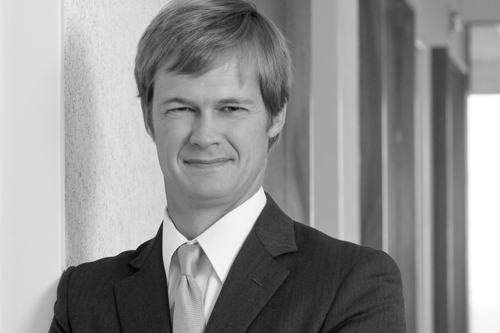Most of the sector’s recent press has focused on the tax bill’s impact on RIAs, so in addition to our own writings on the matter, we’ve highlighted some of the more salient pieces we’ve come across regarding the tax bill as it relates to the asset management sector.
Blog
RIA Valuation Insights
A weekly update on issues important to the Investment Management industry
The Tax Bill Rendered Your Shareholder Agreement Obsolete
The Tax Cuts and Jobs Act has really shaken up the underlying economics of investment management firms and, with that, the value of those firms. As a consequence, many owners of RIAs have inaccurate ideas of what their firms are worth, and, worse than that, they have outmoded shareholder agreements suggesting the willingness to transact at inaccurate valuations.
Q4 Call Reports
Triadic Effects of the New Tax Law
The Tax Cuts and Jobs Act has been especially beneficial to the RIA sector, as lower corporate tax rates has had a positive impact on equity markets, boosting AUM and earnings, which are now taxed at lower rates. Many firms are still assessing the full impact of tax reform, but what is clear is that lower corporate tax rates in 2018 will give asset mangers increased flexibility in capital management, M&A activity, and technology investment. As we do every quarter, we take a look at some of the earnings commentary of pacesetters in asset management to gain further insight into the challenges and opportunities developing in the industry.
What RIA Owners Need to Know About the New Tax Law
For this week’s post, we’re offering the slides and recording from our recent webinar on the tax bill’s impact on the investment management community. On balance, we believe most RIAs are better off as a consequence of the legislation, but there are nuances to the “win.”
S Corp RIAs Disadvantaged by the Tax Bill
New but Unimproved
We covered much of what we think the new tax bill will mean to RIA valuations in last week’s blogpost – and it’s mostly good news. The “rest of the story” involves the bill’s impact on shareholder returns for RIAs structured as tax pass-thru entities (S corporations, LLCs, Partnerships), for which the news is not so buoyant.
Are RIAs Worth More Under the New Tax Bill?
Absolutely (Well…Probably)
The tax bill is bullish for the RIA community. Focused on the implications of the tax bill for investment management firm valuations, there’s much to consider as discussed in this week’s post.
Trust Banks Underperform in 2017 Despite Rising Equity Markets & Yield Curve
All three publicly traded trust banks (BNY Mellon, State Street, and Northern Trust) underperformed other categories of asset managers during 2017, and only State Street outperformed the S&P 500. While all three benefited from growth in Assets Under Custody and Administration (AUCA) and Assets Under Management (AUM) due to strong equity markets in 2017, the trust banks performed more in line with U.S. banks generally during 2017.
Industry Consolidation Drives Further Gains in RIA Dealmaking
With no end in sight for the consolidation pressures facing the industry, asset manager M&A appears positioned for continued strength or potential acceleration regardless of which way the markets move in 2018, although a protracted bear market, should it materialize, could highlight consolidation pressures and provide a catalyst for a larger wave of M&A activity.
2017 Was Especially Kind to the RIA Community
Favorable market conditions over the last year have lifted RIA market caps to all-time highs yet again as AUM balances continue to climb with the major indices. Is the press wrong about some of the problems facing the industry or is there more to the story?
Five Things Bitcoin Tells Us About the RIA World in 2018
While we put off writing about bitcoin, the attention that cryptocurrencies received in late 2017 got our attention as a barometer for trends that will buffet the investment management industry in 2018. In this post, we highlight five reasons bitcoin matters to all investment managers.








